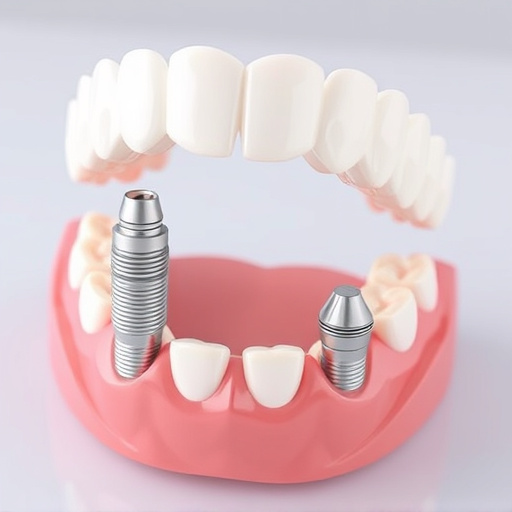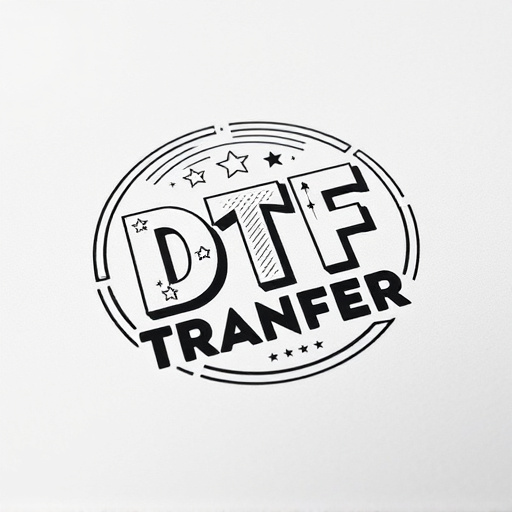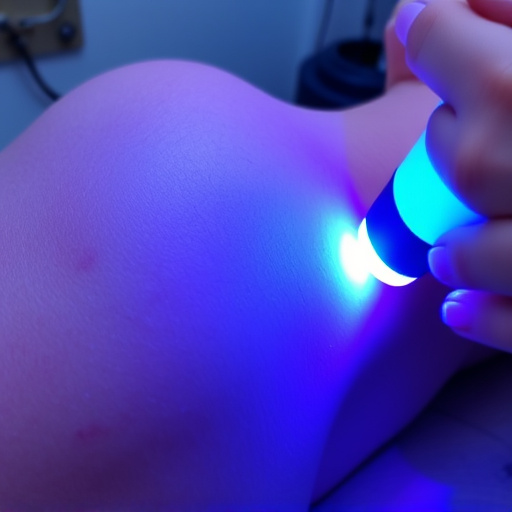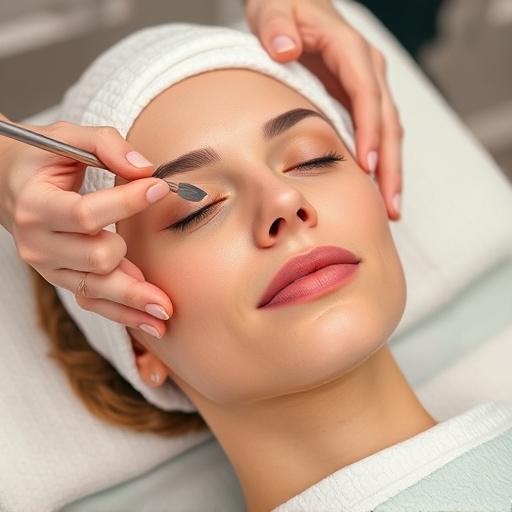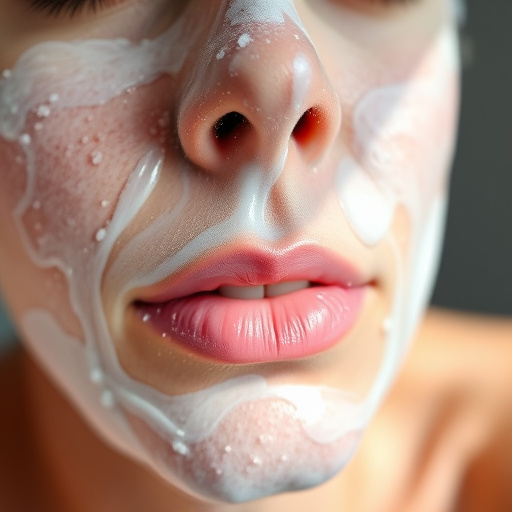Chest hair removal offers various options, with laser and electrolysis as popular choices for long-lasting results. Laser targets melanin in darker hair, while electrolysis suits all types and may require more sessions. Chemical peels and microneedling are alternative methods focusing on skin treatment rather than specific hair removal. Consulting a professional is key to choosing the best chest hair removal method based on individual needs and preferences.
Considering chest hair removal options? Lasers and electrolysis are two popular methods, each with unique advantages. This comprehensive guide breaks down these treatments, helping you understand their mechanics, outcomes, and considerations. Discover the benefits and drawbacks of laser chest hair removal, from minimal downtime to potential side effects. Then, explore electrolysis, a permanent solution with a detailed process and consistent results. Make an informed decision for smoother, hair-free skin.
- Understanding Laser and Electrolysis Treatments for Chest Hair Removal
- Advantages and Disadvantages of Laser Chest Hair Removal
- Electrolysis: A Detailed Look at the Process and Results
Understanding Laser and Electrolysis Treatments for Chest Hair Removal
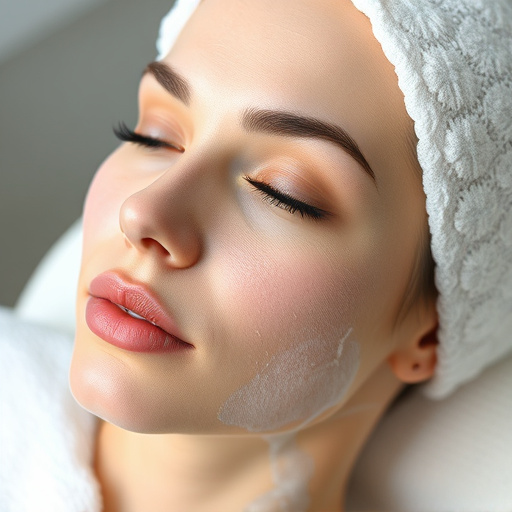
Understanding Laser and Electrolysis Treatments for Chest Hair Removal
Chest hair removal is a common concern for many individuals seeking permanent solutions to manage their unwanted body hair. Two prominent non-surgical treatments gaining popularity are laser and electrolysis. Laser treatments use targeted light energy to destroy hair follicles, preventing future hair growth. This method is effective for people with darker hair and lighter skin, as the laser targets melanin in the hair rather than the skin. On the other hand, electrolysis involves inserting fine needles into each hair follicle to deliver a small electric current, which damages or destroys the follicle. It’s suitable for all hair and skin types but may require more sessions.
Both approaches offer long-lasting results, with laser treatments often providing 60-90% reduction in hair growth after several sessions, while electrolysis can result in permanent hair removal. Chemical peels and microneedling therapy are alternative non-surgical treatments that work by exfoliating the skin or creating micro-injuries to stimulate collagen production, but they aren’t typically used specifically for chest hair removal like laser and electrolysis. When considering chest hair removal options, it’s crucial to consult a professional who can advise on the best approach based on individual needs and preferences.
Advantages and Disadvantages of Laser Chest Hair Removal
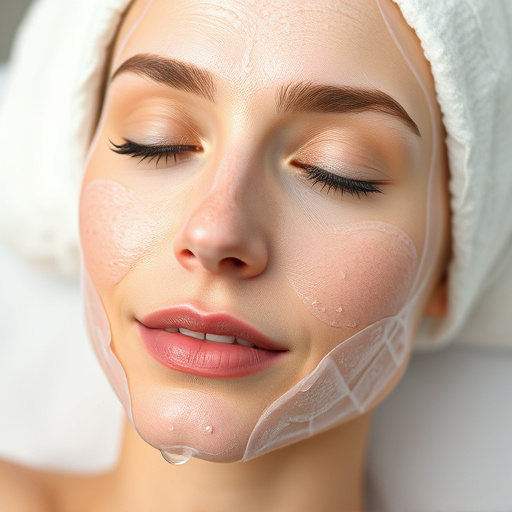
Laser chest hair removal offers several advantages. It’s a non-invasive procedure that targets melanin in the hair follicle, reducing hair growth over multiple sessions. This method is generally faster than electrolysis and can provide longer-lasting results, making it a popular choice for those seeking permanent chest hair reduction. Additionally, lasers can also contribute to skin rejuvenation, leaving the skin smoother and more even-toned.
However, there are also disadvantages to consider. Laser treatments may not be effective for individuals with light hair or those who have a darker skin tone due to the way it targets melanin. It can cause temporary redness, swelling, and discomfort at the treatment site. Moreover, while lasers offer significant hair reduction, they don’t guarantee complete removal, and touch-up sessions might be needed over time. Personalized skincare routines before and after laser procedures are essential to maximize results and minimize potential side effects.
Electrolysis: A Detailed Look at the Process and Results
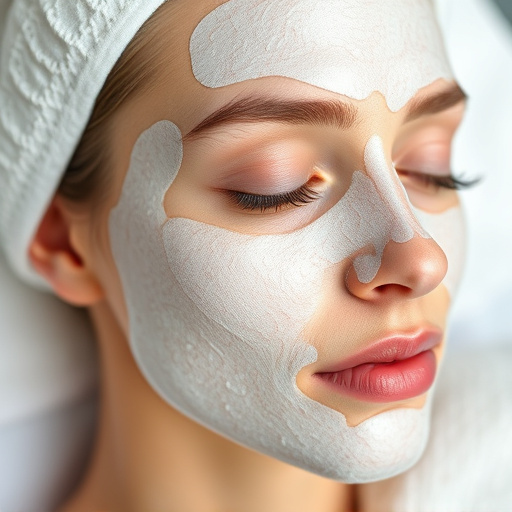
Electrolysis involves a precise and effective method for chest hair removal. During this process, a specialist uses a small needle to deliver an electrical current directly into each individual hair follicle. This targeted approach disrupts the follicle’s ability to produce new hair growth. As a result, over multiple sessions, hair growth is significantly reduced, offering a long-lasting solution for those seeking chest hair removal.
The procedure is often considered a permanent option, with many individuals experiencing up to 80% hair reduction after several treatments. It’s particularly effective for finer, lighter hairs that might be missed by other methods like lasers. However, it can be time-consuming and may cause temporary redness or irritation at the treatment sites. When performed by a qualified professional, electrolysis provides a safe and precise chest hair removal alternative, often sought by those looking for a permanent solution beyond laser treatments or considering other body contouring procedures like chemical peels or microneedling therapy.
When it comes to chest hair removal, both laser and electrolysis treatments offer effective solutions. Laser treatments provide a faster, more convenient option with long-lasting results, while electrolysis ensures permanent hair reduction through precise targeting of individual follicle cells. The choice depends on personal preferences and budget. For temporary yet swift relief, laser is ideal. Electrolysis, on the other hand, guarantees permanent chest hair removal, albeit at a slower pace. Ultimately, both methods can lead to smoother skin, boosting confidence and self-image for individuals seeking lasting solutions for chest hair removal.


